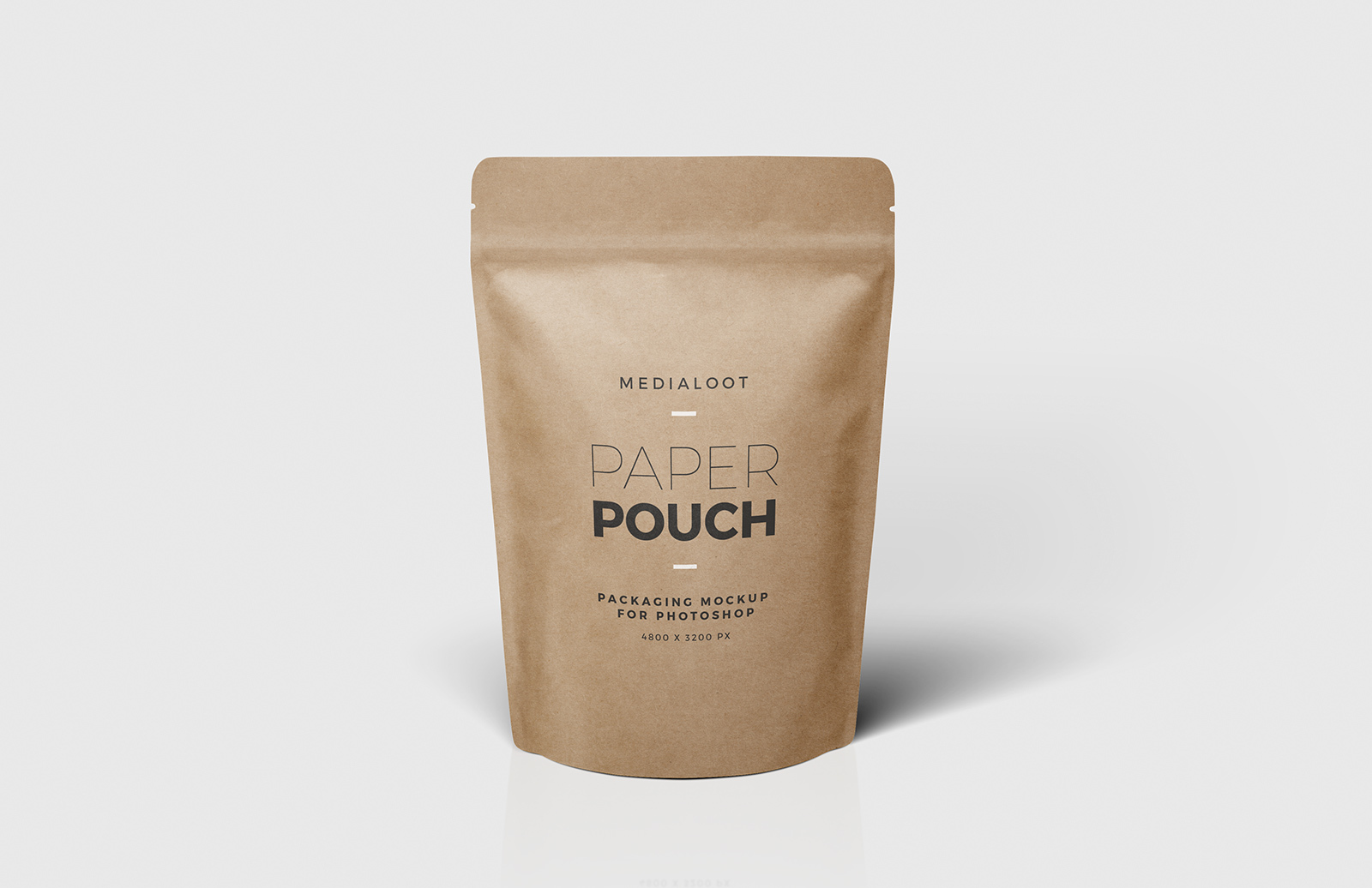
Are you wondering if pouches are appropriate for your food product packaging? We’ve got a quick guide just for you.
There are many aspects that influence the sales performance of your food product, and packaging is one of them – cost, functionality, durability, and environmental impact, to name a few. The packaging you choose should successfully emphasize your product’s value, transport it securely, protect it from external contamination, and encourage end consumers to buy it.
Flexible packaging that optimizes the product’s retail value while conserving space, volume, and weight is considered effective. Transportation expenses are reduced when packaging is smaller and lighter. How do you have your custom packaging represent all of these concepts at the same time?
Types of Pouch Packaging
Food packaging comes in a broad range of styles to meet the demands of your product. Look over these several types of pouch packaging to see which one best matches your requirements.
1. Mylar Barrier Pouches
Packaging is responsible for getting food items into the hands of end consumers securely, and mylar is one of the finest materials to choose for this. The quality of packaging material is determined in part by its Oxygen Transfer Rate (OTR). OTR measures how much oxygen can travel through it in a given amount of time. Foil has a very low OTR, which indicates that very little oxygen is transferred through it. Until the seal is broken at the moment of usage, the food product is safely packed within.
2. Barrier Pouches
There are many different materials you can choose from that can be used to construct barrier pouches that effectively protect the contents from contaminants such as moisture, oil, gases, dirt, odor, and other pollutants. Food products can be preserved by using barrier features to avoid staleness caused by oxygen or vapor deterioration.
Moreover, barrier pouches can preserve the flavor, aroma, and quality of food items. Since some foods have a proclivity for absorbing smells from their surroundings, the packaging must shield the product from contamination.
3. Valved Pouches
Some food items are best packaged in valved pouches. Valves are available in a range of styles and functions. A one-way degassing valve is one of the most popular valves designed to release carbon dioxide from inside the pouch throughout the length of the predicted shelf life while preventing oxygen molecules from entering the package.
By maintaining the freshness of the food product while allowing gasses to escape, this approach extends its shelf life. Coffee beans, tea, and other gas-emitting goods are often packaged in valve pouches. This method of packaging may simply be adapted to be used for bulk packaging.
What is Custom Printed Pouch Packaging?
The appearance of packaged foods, particularly the printing, directly impacts the product’s branding. Pouch packaging may be custom printed to successfully promote your brand, distinguish yourself from competing products on store shelves, and convey your product’s exceptional value.
When displayed on store shelves, flexible packaging, particularly a stand-up bag, creates a billboard illusion.
According to scientific evidence, simply seeing images of food may make you hungry. As a result, putting your food product in the box can greatly impact whether or not people buy it.
We hope that this quick guide helps you start the planning process. Use the insights above so you can finalize what type of packaging to use for your food product.
Related posts
Subscribe Now
* You will receive the latest news and updates on your favorite celebrities!
Meet the Author

Gillion is a multi-concept WordPress theme that lets you create blog, magazine, news, review websites. With clean and functional design and lots of useful features theme will deliver amazing user experience to your clients and readers.
Learn moreHOT TOPICS
Categories
- Animals (6)
- Business (576)
- Cooking (3)
- Design (17)
- Education (59)
- Entertainment (62)
- FASHION (89)
- Fashion (38)
- Featured (19)
- FOOD (42)
- Guide (55)
- Health (290)
- HOME (181)
- Interior (14)
- Life (8)
- Lifestyle (111)
- Motivation (6)
- News (47)
- People (4)
- Photography (5)
- Review (4)
- Style (4)
- TECH (176)
- Travel (107)
- Uncategorized (1,171)


Stay connected